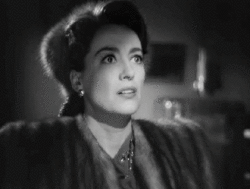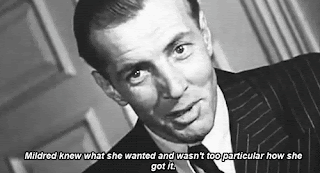Warner Bros. THE HANGING TREE (1959) is something of an unsung classic western. But over the years cultists have been drawn to it and it just gets better and better with each viewing! A "sleeper" of 1959, nobody thought it would turn out as good as it did. Based on a story by Dorothy Johnson it was fashioned into a splendid screenplay by Wendell Mayes and Halsted Welles. Gary Cooper headed a fine cast which consisted of Karl Malden, the strikingly beautiful Maria Schell, George C.Scott in his first picture and newcomer Ben Piazza (resembling a young Victor Mature). Produced by Cooper's own company Baroda Productions (named after the street where he was raised) it was solidly directed by the ever underrated Delmer Daves and as usual with Daves' outdoor pictures richly photographed in Technicolor, this time, by ace cinematographer Ted McCord ("Treasure Of The Sierra Madre"/"Johnny Belinda"). The lavish Art Direction by Daniel B.Cathcart was superb with a whole mining town built on locations near Yakima, Washington which would double for the mining fields of 1880's Montana.
The story revolves around Dr. Joe Frail (Cooper) who arrives in the rough mining town of Skull Creek to set up practice. Since the area is bereft of any sort of law enforcement the only deterrent to lawbreakers is symbolised at the town's entrance by the presence of a great ugly and ghostly looking tree complete with a hanging noose ("Every new mining camp's got to have its hanging tree - makes folks feel respectable" a new entrant declares).
The enigmatic doctor is a man with a hidden past! Stories abound about him years before setting fire to a house with a man and a woman inside ("The woman was my wife and the man was my brother - and I have no right to forget"). But in Skull Creek things are not working out so good for him in the new life he is attempting to carve out for himself. Firstly he falls in love with a beautiful Swiss immigrant Elizabeth Mahler (Schell) when she becomes his patient after being temporarily blinded by the sun. Then he falls foul of an unscrupulous and licentious town wastrel (Karl Malden giving an excellent performance). The picture ends with an exciting but bloody shootout and Frail being frogmarched by the townspeople to the hanging tree just before Elizabeth arrives and offers the mob her newly acquired riches of gold and even her goldmine to stop the lynching. ("Know what? She wants to buy her man! If she wants him that bad let her have him").
Adding immeasurably to the picture is Max Steiner's extraordinary score! It boasts a wonderful central theme for Doc Frail! Heard in different guises throughout the film it becomes a ravishing love theme and is touchingly rendered in the scene where Frail removes the bandages from the eyes of the blinded Elizabeth. Later when she stands on a cliff edge and opens her eyes regaining her sight for the first time Steiner's arresting theme makes it a remarkable sparkling moment! The great composer also provided some exciting action cues such as those for the townspeople pursuing a sluice robber and also for a stagecoach hold-up. A song by Mack David and Jerry Livingstone was sung over the opening and closing credits by Marty Robbins and was nominated for an Oscar. Steiner cleverly interpolated the song into his score and is heard to best effect in the final scene when Frail is being dragged to the infamous hanging tree.
THE HANGING TREE is a splendid drama in an unusual and atmospheric western setting. Eclipsing his Will Kane in "High Noon" Cooper gives one of his very best and most likable performances in what would be his final appearance in a western. A genre he made all his own! It would also be his third last film!







.webp)

























































































